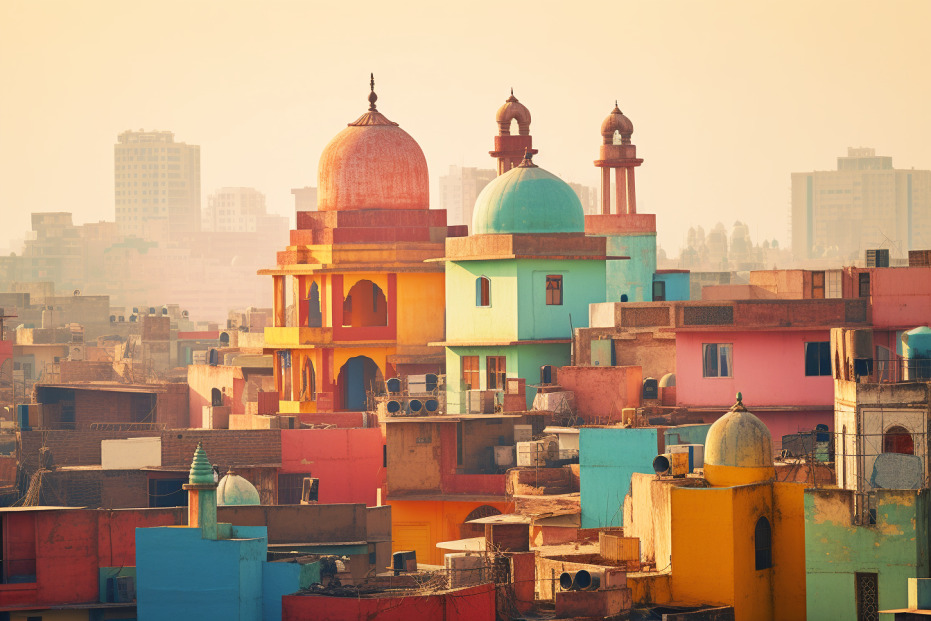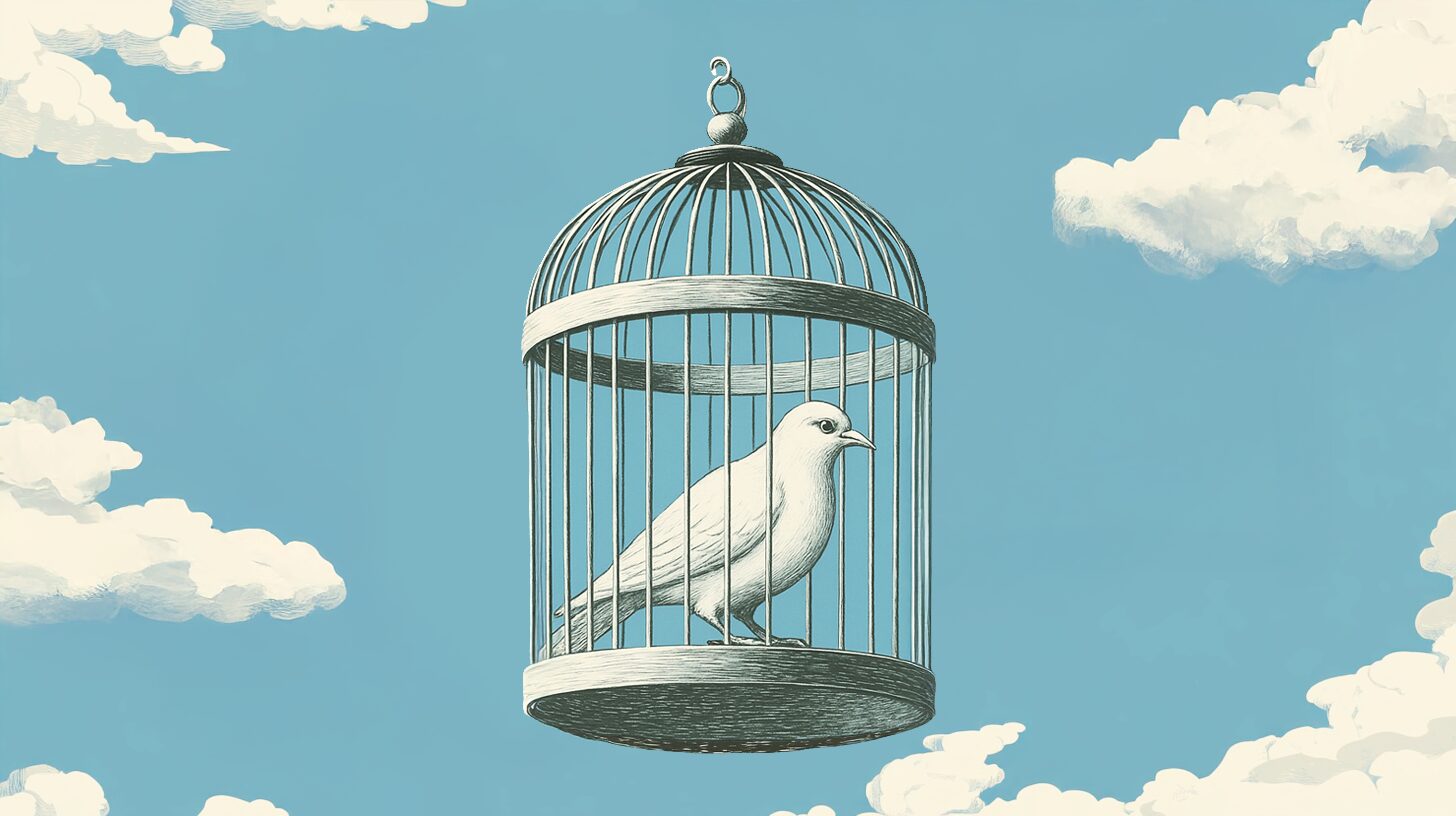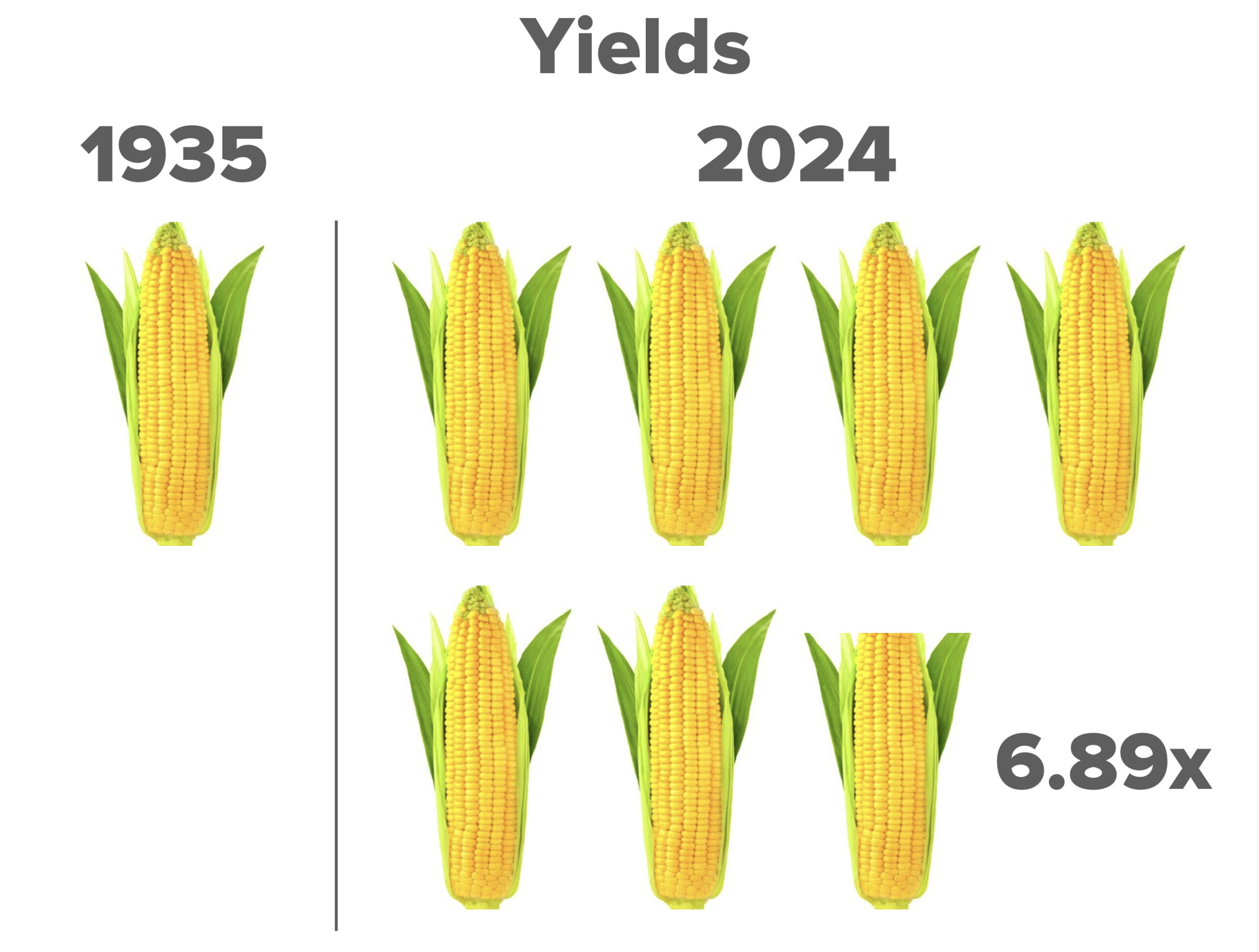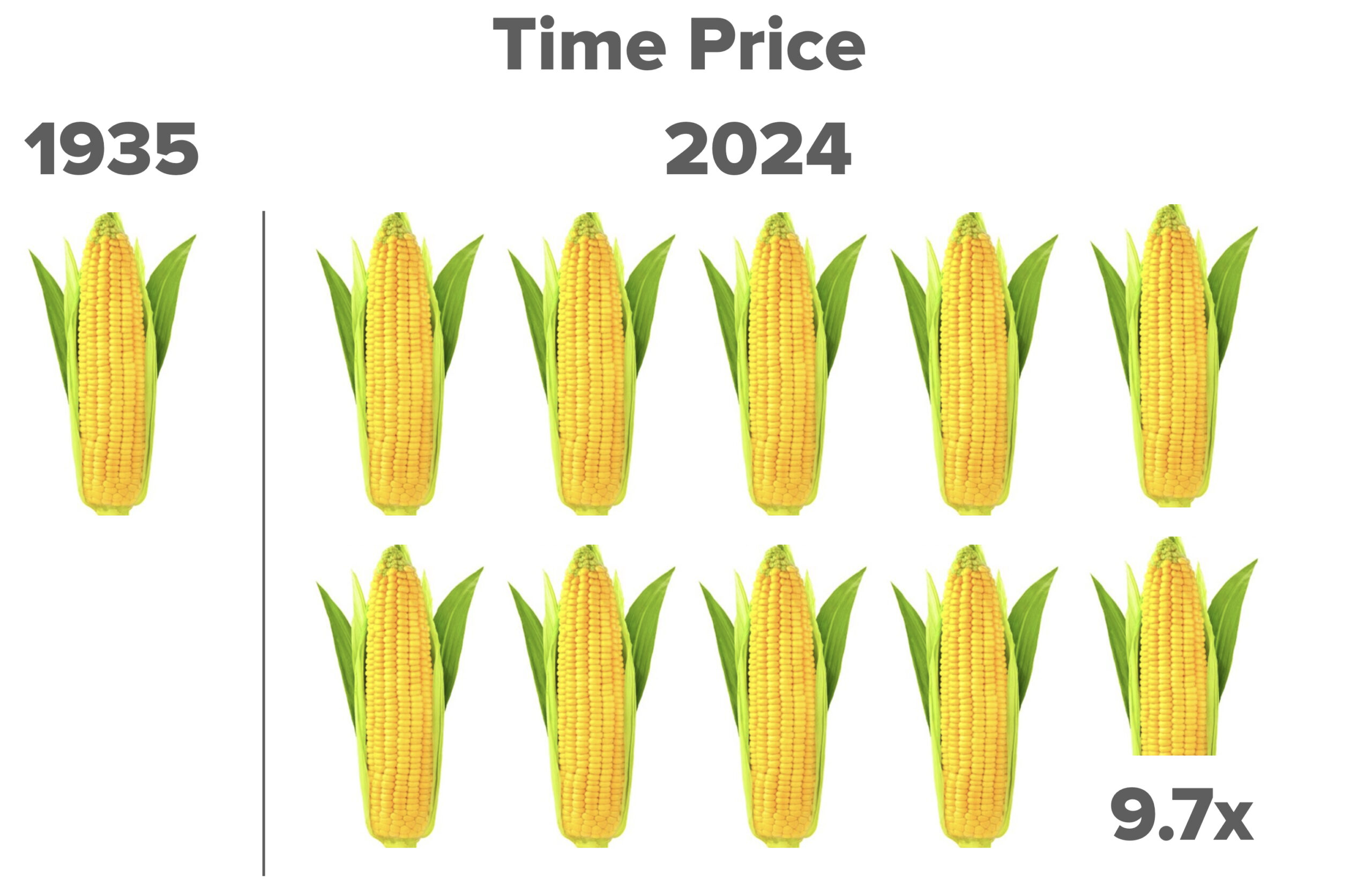The 76-year story of modern India is one of the greatest stories of progress in history. At the time of its independence in 1947, it was a mostly agricultural economy of 340 million people with a literacy rate of only 12 percent and a life expectancy of only 32 years. Today, it has the fifth-largest economy by nominal gross domestic product (GDP) and third largest by purchasing power parity. In his book “Enlightenment Now: The Case for Reason, Science, Humanism, and Progress,” Steven Pinker highlights six key areas of progress: life, health, wealth, safety, literacy, and sustenance. In every one of these metrics, life in India has significantly improved over the years.
Self-Sufficiency Is Self-Destructive
Since independence in 1947, India suffered the consequences of socialist ideals. In a quest for self-sufficiency, the government played a heavy role in the economy. Under Prime Minister Jawaharlal Nehru, India pursued Soviet-style “Five Year Plans,” intending to turn India into an industrialized economy. From 1947 to 1991, the government owned most key industries, including steel, coal, telecommunications, banking, and heavy industry. India’s economy was closed to foreign competition, with high tariffs and restrictions to foreign investment. For example, the import tariff for cars was around 125 percent in 1960. The policy of import substitution aimed to produce goods domestically instead of importing them from abroad. In reality, massive waste and inefficiency resulted, as Indian businesses were protected from international competition.
Furthermore, India’s private sector was heavily constrained. Overregulation and corruption stifled the business environment, and subsidies and price controls disincentivized production, leading to market distortions and fiscal deficits. The government required industrial licenses for the establishment, expansion, or modernization of industries, causing bureaucratic barriers and corruption. This environment tended to harm small businesses at the expense of large corporations, as large corporations could better cope with the complex bureaucracy. The period was often referred to as the License Raj, comparing the extent of control of the industrial licenses to that of direct rule by the British Empire before Indian independence.
Sustenance, Health, and Life
In his 2016 book, “Progress: Ten Reasons to Look Forward to the Future,” Johan Norberg showed how these problems impacted daily life. When Norman Borlaug invented new high-yield wheat, India was facing a threat of mass starvation. Despite that, Indian state monopolies lobbied against both food and fertilizer imports. Fortunately, Borlaug was able to bring through his innovations. In 1965, yields in India rose by 70 percent.
From 1948 to 2018, the number of calories per person increased by two-thirds, growing from 1,570 to 2,533. For reference, the recommended healthy number of calories per person is 2,000 for a woman and 2,500 for a man. The average Indian now no longer suffers from undernourishment.
This achievement is even more remarkable when one considers the growth of the Indian population, which added a billion new citizens between 1948 and 2018. As well as having a greater population, Indians began living longer, with life expectancy more than doubling between 1947 and 2022. Furthermore, fewer children were dying—infant mortality fell dramatically between 1960 and 2022. Many children previously suffered from malnutrition. Parents could now watch their children grow up and have children of their own.
Wealth, Safety, and Literacy
However, problems in India remained. The License Raj continued to strangle the Indian economy in the name of protectionism. In 1978, the economist Raj Krishna coined the term the “Hindu rate of growth” to refer to slow economic growth of around 4 percent per year, which was prevalent in India from the 1950s to the 1980s. But Krishna was incorrect. The slow rate of growth had nothing to do with Hinduism or factors unique to India. Instead, India’s growth was low, because of the restrictive policies of the socialist government. As soon as India removed the restrictions to competition and commerce, it began reaching growth rates of between 6 percent and 9 percent each year.
The economic liberalization of India was prompted by an economic crisis in 1990. India, having borrowed heavily from international lenders to finance infrastructure projects, was facing a balance of payments crisis and had only two weeks until it would default on its debt. A new government under Prime Minister P. V. Narasimha Rao abolished the License Raj, removing restrictions for most industries and foreign investment into Indian companies. Restrictions on foreign technology and imports were scrapped, as were subsidies to fertilizer and sugar. India flung open its doors to the world, embracing competition in both imports and exports. Indian companies now faced foreign competition in the domestic market but also had the entire world market to sell to.
New industries sprung up, with India developing competitive industries in telecommunications, software, pharmaceuticals, biotechnology, research and development, and professional services.
The result was a dramatic increase in the standard of living for ordinary Indians. The economy flourished as foreign investment flooded in. The innovating spirit of ordinary Indians was unleashed. Between 1993 and 2021, access to electricity went from 50 percent of the population to 99.6 percent. The literacy rate improved from 48.2 percent to 74.4 percent. This is even more remarkable considering that India added extra 600 million people during that period.
Having access to a microwave, refrigeration, and electric lighting are all amenities that we take for granted, but these conveniences are relatively recent for the average Indian. A virtuous cycle of more educated, well-fed citizens creates greater innovation and prosperity. It is also correlated with less violence, with the homicide rate falling by 48 percent between 1991 and 2020.
Absolute poverty also has been falling. In 1987, half of the Indian population lived in extreme poverty. By 2019, this figure had fallen to 10 percent. Granted, there are still issues in India. Millions of people live in slums, and poverty remains a problem. However, it is worth appreciating just how far India has come.
As the Indian economist Gurcharan Das says about his country’s progress in the documentary “India Awakes,” “The principles that brought so much prosperity and freedom to the West are being affirmed in a country that is in the East.”
These principles are that of a market economy, openness to innovation, and a favorable attitude to commerce.
Life, health, education, and sustenance have all measurably improved. Violence and poverty have declined. Progress has occurred, and the world should take note.










